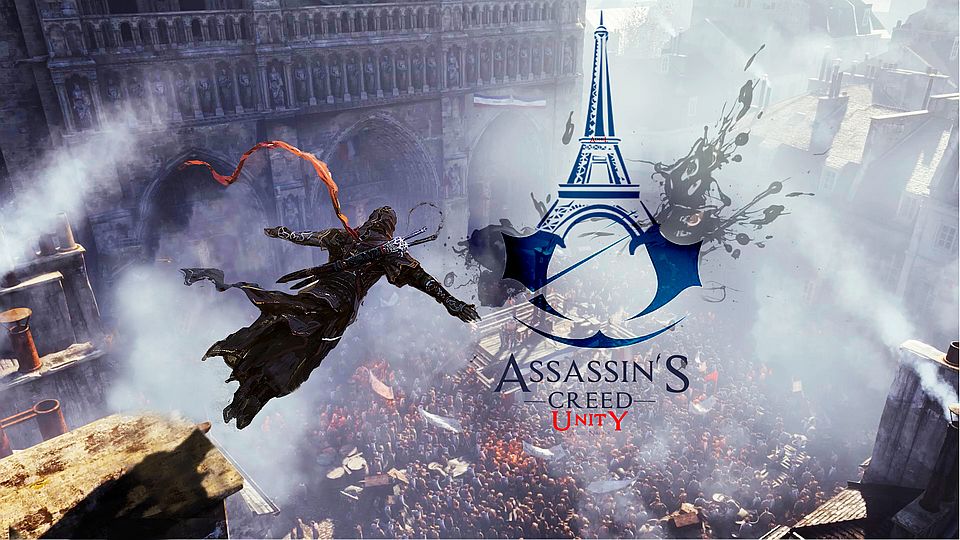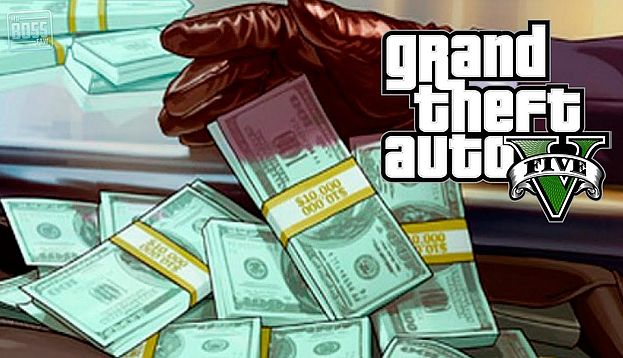GameStop delivered its earnings report yesterday, which was slightly below the same quarter last year. Of course, this year didn’t have Grand Theft Auto V to boost results, so it’s not that surprising that overall sales are down. Total global sales for the third quarter of 2014 were $2.09 billion, a decline of 0.7 percent compared to $2.11 billion in the prior year quarter, GameStop said. An important indicator, consolidated comparable store sales, were down from last year by 2.3 percent. One major factor GameStop noted: “Topline and comparable store sales were negatively impacted by the delayed release of Assassin’s Creed Unity,” the company said in its press release.
Investors responded poorly to the earnings report, with GameStop shares dropping over 13 percent in after-hours trading. “Q3 results lagged expectations, accentuating concerns GameStop is losing significant market share to full game downloads,” noted Wedbush Securities managing director Michael Pachter. He added “We don’t expect digital downloads to absorb all of the growth in video game software sales in 2014 or 2015, and believe that by then, GameStop’s ancillary businesses will generate significant profits, fully offsetting any future declines in software profits.”
GameStop noted a number of statistics that showed promising signs for the retailer. “During the quarter, new hardware sales increased 147.4 percent, greatly outpacing industry growth of 102.4 percent. After the first 12 months since launch, the U.S. installed base of the Sony PlayStation 4 and Microsoft Xbox One is 73 percent greater than the PlayStation 3 and Xbox 360 base was over the same period,” GameStop said. “The company reached 47.3 percent new software market share during the quarter, its second highest ever, despite new software sales declining 34.4 percent. The decrease was primarily due to overlapping the company’s record market share of last year’s AAA titles, such as Grand Theft Auto V, Battlefield 4, Batman: Arkham Origins, Pokemon X/Y, and Assassin’s Creed IV: Black Flag.”
Reading between the lines, although the company said that sales of new AAA releases met its expectations, it seems that this year’s crop of AAA titles hasn’t lived up to last year’s sales. That’s not the only issue at retail, though. “The decline in prior-gen software sales due to the transition to next-gen console has been steeper than expected and titles that moved out of 2014 will both have an impact on our results this year,” said GameStop CFO Rob Lloyd.
Lloyd noted some positive trends for the retail giant. “Pre-owned sales increased 2.6 percent compared to the prior year quarter,” Lloyd said. “The U.S. was up 2.2 percent and international was up 5.2 percent or 9.8 percent, excluding FX impact. This marks the third consecutive quarter that the pre-owned business has grown and we expect this trend to continue.” This is a key element in GameStop’s multi-pronged strategy to thrive during the transition of the games industry to digital content being the largest part of game revenues. Keeping the pre-owned game business and the buy-sell-trade engine going will help GameStop capture ever-greater market share even as the overall market shrinks.
GameStop also made good progress on another part of its strategy, the digital business. “Our digital receipts were $210 million, a 52 percent increase over the third quarter of last year, with over 80 percent growth in international, driven by console digital sales associated with Destiny and FIFA,” Lloyd said. “Globally, we attach DLC subscriptions to over 30 percent of Destiny sales during its launch.” There’s the value of good sales associates — adding in those additional content sales when the customer is right there, ready to buy.

GameStop president Tony Bartel provided some numbers on GameStop’s market share with new consoles, and the company is thriving there. “We continue to successful execute against our goal of winning the new console launch,” said Bartel. “Our software market share on Xbox One and PS4 hit an all-time high at 56 percent for the quarter. In addition, our hardware share on Xbox One and PS4 is at all-time highs.” Bartel also gave a nod to Microsoft’s price cut on the Xbox One. “The recent price decrease on the Xbox One has really increased sales of that platform and we expect consoles to be in high demand this holiday season,” Bartel said. Will Microsoft finish the quarter with greater sales than Sony for the holidays It could happen, but it’s going to be a tough fight.
Bartel took the opportunity to crow a bit about GameStop’s digital business, comparing it to the rest of the industry. “Turning to digital, our 52 percent growth is higher than the growth reported in the most recent quarter by our four largest publishing partners,” said Bartel. “Year-to-date, our digital growth is also higher than this group. Our console digital growth alone is 72 percent as we continue to play a vital role in the discovery and affordability of digital content.”
The Kongregate business is a major part of this for GameStop. “In addition to console digital, we’re also continuing to grow in mobile publishing. Kongregate again doubled its business over last year, growing 98 percent during the quarter,” Bartel noted. “We remain a top 10 third-party mobile publisher with nearly 30 million installs of our 14 games on the App Store and 12 games in the Google Play Store.”
Some added detail on digital full game downloads came out during the earnings call, which showcased some particularly revealing numbers. “A couple of interesting data points taken from recent research with gamers indicates that the average price being paid by a customer rate full game AAA download is $22,” Bartel said. “When asked what price a game expected to pay for a recently released full game digital download, the answer in these surveys was approximately $35. It is important to note that like the industry, much of our full game digital content was given away at no cost to the consumer with the hardware bundle. In fact, year-to-date, we estimate that over $100 million worth of games have been digitally delivered for free in hardware bundles.”
Clearly the first stop for console makers seeking to boost the sales of consoles is to add in a free game or two, particularly as a digital download. That hardly changes the cost of goods, yet provides significant added value to the customer — without reducing the retail price. Yet Bartel is careful to note the long-term danger this represents to the business, especially the retail business. “We want to help ensure that our industry does not make the same mistake as other entertainment categories by driving the perceived value of digital goods significantly below that of a physical game,” Bartel said.
Yes, this is just one more reason why gamers are expecting a lower price for games on average. The ever-growing variety of free or low-cost online and mobile game options, combined with pre-owned software, continues to put downward pressure on retail prices. There doesn’t seem to be any overall solution to this — each publisher is finding its own answers. For that matter, while decrying the trend, GameStop is preparing for the inevitable future by broadening its revenue base across hardware and software, and continuing to increase its digital publishing efforts.
One more thing to worry about for GameStop: Sales of software for the last generation of consoles continues to underperform. “Year-to-date in the U.S., Xbox 360 and PS3 software and hardware are down 57.8 percent on a dollar basis,” Bartel said. “That’s clearly significantly more than we anticipated at the beginning of the year and so that’s what we factored into our fourth quarter forecast.”

